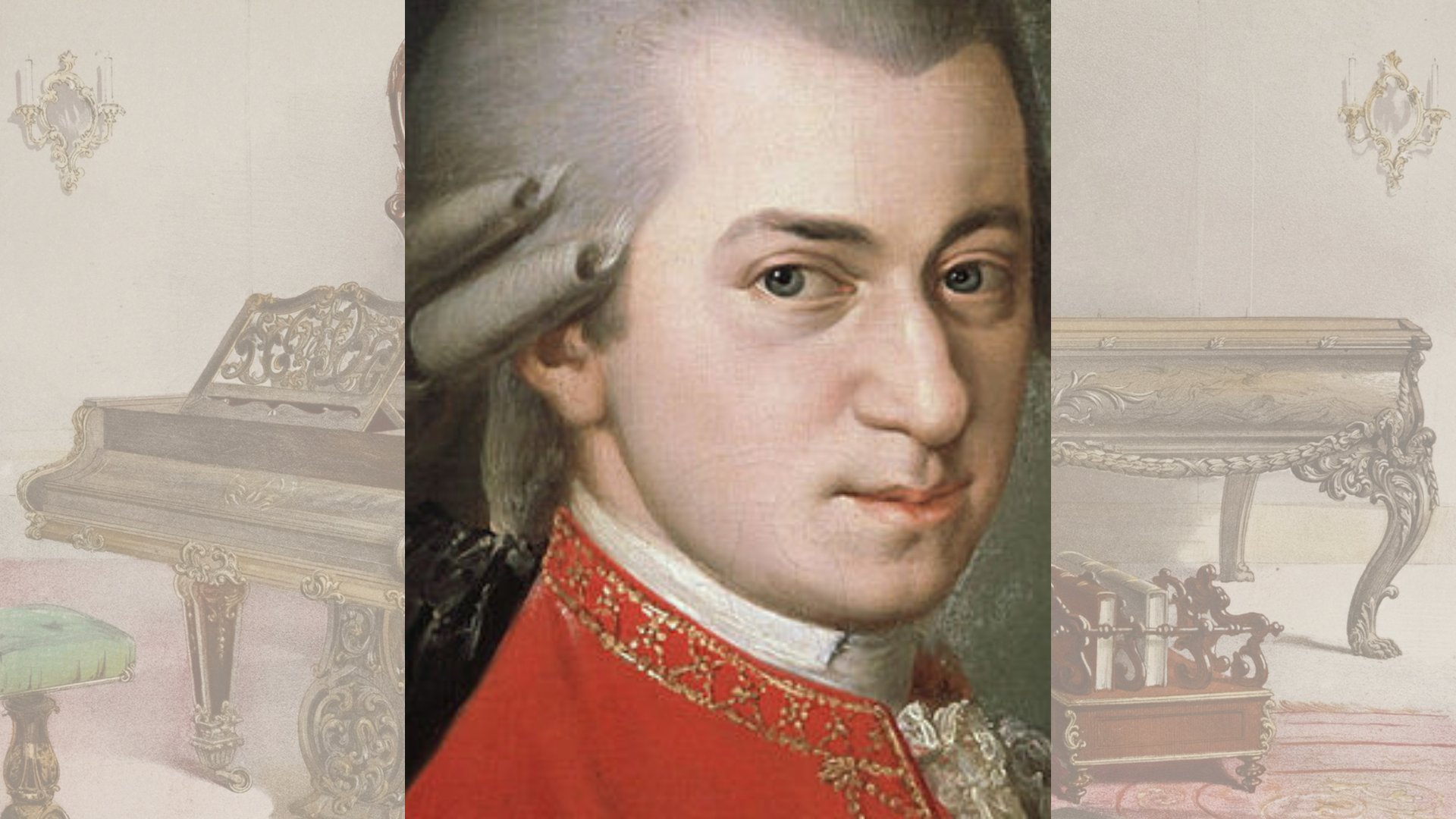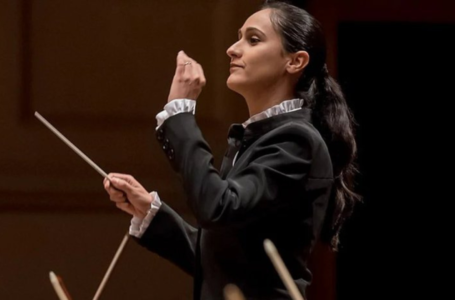

The works of Wolfgang Amadeus Mozart have marked a milestone in the history of music. We bring you 5 unmissable works by Mozart, with videos and interesting facts. Of course, there are many more! But this is a sample of the genius’s ability to create in different genres.
The Requiem Mass in D minor, K. 626 is the nineteenth and final mass written by Mozart, who died in 1791 before completing it. It is one of the most spectacular and recognizable works in the religious repertoire, based on the Latin texts for the requiem (mass for the dead). The composer Franz Xaver Süssmayr completed it, and the author himself, already ill, gave him instructions to do so.
The Magic Flute, KV 620, is a Singspiel (a staged work that mixes singing and speaking, in German) in two acts with music by Wolfgang Amadeus Mozart and a German libretto by Emanuel Schikaneder.
It is the last opera presented during the composer’s lifetime. It premiered at the Theater auf der Wieden in Vienna on September 30, 1791, under Mozart’s direction. The plot of the work can be read on several levels, from an apparent fairy tale to the enormous symbolic load that reflects the composer’s moral principles and beliefs.
It premiered on March 10, 1785, at the Imperial and Royal Court Theatre in Vienna. It is structured in 3 movements and is one of the composer’s most popular piano concertos.
Symphony No. 41 in C major, K. 551, Jupiter was composed in 1788 and is Mozart’s last symphony. This is a distinctly classical genre that Mozart was able to explore with mastery.
The work consists of 4 movements. It was probably Johann Peter Salomon, a German entrepreneur in England, who gave this symphony the name “Jupiter” (the principal god of Roman mythology, father of gods and men).
Mozart had a deep admiration for his friend and mentor Joseph Haydn. It was the latter who was primarily responsible for crystallizing the fundamental characteristics of forms that would develop in the classical era, such as the string quartet, symphony, and concerto.
The six quartets were written in Vienna between 1782 and 1785. Haydn heard them at Mozart’s house on January 15 and February 12, 1785. Later, Haydn made a famous comment to Leopold Mozart (Amadeus’s father), which he reproduced in a letter to his daughter Nannerl: “Before God, and as an honest man, I tell you that your son is the greatest composer I know, either by name or personally. He has taste, and, what is more, the deepest understanding of composition.”
Los seis Cuartetos fueron escritos en Viena durante los años 1782 a 1785. Haydn los escuchó en la casa de Mozart, el 15 de enero y el 12 de febrero de 1785. Luego Haydn hizo un famoso comentario a Leopold Mozart (padre de Amadeus), que éste reprodujo en una carta a su hija Nannerl: “Ante Dios, y como un hombre honesto, te digo que tu hijo es el compositor más grande que he conocido, ya sea de nombre o personalmente. Tiene gusto, y, lo que es más, el más profundo conocimiento de la composición”.

COOPERATIVA DE TRABAJO MUSICA CLASICA BA LIMITADA
CUIT: 30-71749636-8
R.N.P.I. en trámite
VISITAS ÚNICAS
MusicaClasicaBA rompe con la idea de que la música clásica pertenece a una edad o clase social. Nuestra principal función es fomentar la interacción entre artistas, agentes del sector público y privado y el público en general, permitiendo afianzar los lazos culturales y artísticos de nuestra región.
Contamos con las Declaraciones de Interés Cultural del Teatro Colón, del Ministerio de Cultura de la Nación, de la Legislatura de Buenos Aires y de la Ciudad de Buenos Aires. También, hemos sido elegidos en la edición 2019 de Samsung Innova como uno de los siete proyectos culturales más importantes del país.
Para subscribirse a nuestro newsletter solo debe ingresar su correo: